Sonus Paradisi
Rosales, 1987 [Hauptwerk]
Rosales, 1987 [Hauptwerk]
Impossibile caricare la disponibilità di ritiro
L'organo della Cattedrale Episcopale della Trinità a Portland, Oregon, Rosales Op. 11
L'organo della Cattedrale Episcopale della Trinità a Portland, Oregon, è stato costruito nel 1984-1987 da Manuel Rosales (opus 11). La sua costruzione è stata possibile grazie alla visione e agli sforzi del Canonico Dr. John Strege, l'organista della Trinity per 37 anni fino al suo pensionamento nel 2010, e attraverso un generoso dono di Bea Gerlinger che ha coperto la maggior parte del costo dell'organo. Molti parrocchiani hanno fatto volontariato durante la costruzione e l'installazione, che sono avvenute contemporaneamente a ampie ristrutturazioni e miglioramenti del presbiterio.
La commissione per il nuovo organo è stata data a Manuel Rosales, un costruttore di organi che stava sviluppando una reputazione come uno dei costruttori di organi più ispirati negli Stati Uniti. La visione di John Strege era quella di creare uno strumento liturgico magnifico e potente che brillasse in grandi pezzi concertistici così come nella musica antica o nelle opere da camera. Era ispirato dagli organi delle cattedrali francesi, in particolare dall'organo di St. Sulpice a Parigi. Tuttavia, lo strumento non è una copia di alcun organo esistente; invece, Manuel Rosales ha fatto la propria dichiarazione. Infatti, secondo numerosi testimoni, opus 11 non è solo un organo davvero buono, ma riflette anche bene il carattere del suo costruttore: molta potenza, molta energia, chiarezza di espressione, forte carattere delle voci, ensemble ricchi ed exuberanti. Barbara Owen ha caratterizzato lo strumento come un "neo-barocco nel concetto, con un gesto romantico". Bene, è un organo ecletico americano, uno dei migliori della sua categoria, con una chiara influenza sinfonica francese.
L'Opus 11 contiene 54 registri e 85 ranghi su 93 mm di vento. TIl vento per l'organo è regolato da tre grandi mantici a forma di cuneo e stabilizzatori di vento che possono essere spenti a piacere per la letteratura del XVII-XVIII secolo. Questa caratteristica è fedelmente modellata nel set di campioni.
Presentato a te da Leonart Studio, il tuo rivenditore autorizzato per Sonus Paradisi in Svizzera (spedito a livello internazionale). Ottieni i tuoi organi storici campionati digitalmente per l'uso con il software per strumenti virtuali Hauptwerk.
Condividi questo Set di Campioni
![Rosales, 1987 [Hauptwerk]](http://artful.shop/cdn/shop/files/ss_rosales1.jpg?v=1693320443&width=1445)
![Rosales, 1987 [Hauptwerk]](http://artful.shop/cdn/shop/files/ss_rosales2.jpg?v=1693320441&width=1445)
![Rosales, 1987 [Hauptwerk]](http://artful.shop/cdn/shop/files/ss_rosales3.jpg?v=1693320441&width=1445)
![Rosales, 1987 [Hauptwerk]](http://artful.shop/cdn/shop/files/ss_rosales4.jpg?v=1693320441&width=1445)
![Rosales, 1987 [Hauptwerk]](http://artful.shop/cdn/shop/files/ss_rosales5.jpg?v=1693320440&width=1445)
![Rosales, 1987 [Hauptwerk]](http://artful.shop/cdn/shop/files/ss_rosales6.jpg?v=1693320442&width=1445)
![Rosales, 1987 [Hauptwerk]](http://artful.shop/cdn/shop/files/ss_rosales7.jpg?v=1693320442&width=1445)
![Rosales, 1987 [Hauptwerk]](http://artful.shop/cdn/shop/files/ss_rosales8.jpg?v=1693320441&width=1445)
![Rosales, 1987 [Hauptwerk]](http://artful.shop/cdn/shop/files/ss_rosales9.jpg?v=1693320442&width=1445)
![Rosales, 1987 [Hauptwerk]](http://artful.shop/cdn/shop/files/ss_rosales10.jpg?v=1693320440&width=1445)
![Rosales, 1987 [Hauptwerk]](http://artful.shop/cdn/shop/files/ss_rosales11_a1b9a69a-d8e9-4bb8-b3a8-64ca97a9b54a.jpg?v=1693320440&width=1445)
Specifiche (elenco di stop)
-
Manuale I
C–c4
Bourdon 16'
Principale 8'
Bourdon 8'
Ottava 4'
Pipa di legno 4'
Grosse Tierce 3 1/5'
Nasard 2 2/3'
Doppio 2'
Tierce 1 3/5'
Larigot 1 1/3'
Mixture VII
Tromba 8'
Cromorne 8'
Clarino 4'
Tremulante -
Manuale II
C–c4
Prestant 16'
Principale 8'
Flauto armonico 8'
Bourdon 8'
Gamba 8'
Ottava 4'
Flauto spire 4'
Quint 2 2/3'
Super Ottava 2'
Cornetto V
Mixtur XI
Bombarda 16'
Tromba 8'
Clarino 4'
Tremolante -
Manuale III
C–c4 (swell enclosed)
Bourdon 16'
Geigen Principal 8'
Bourdon 8'
Flauto armonico 8'
Viola da Gamba 8'
Celeste (battente) 8'
Ottava 4'
Flauto Ottaviante 4'
Ottavino 2'
Cornetto IV
Mixture IV
Fagotto 16'
Tromba 8'
Oboe 8'
Vox Humana 8'
Clarino 4'
Tremulante -
Manuale IV
-
-
Pedale
C–g1
Bourdon 32'
Legno Aperto 32*
Legno Aperto 16'
Prestant 16'
Bourdon 16'
Ottava 8'
Flauto 8'
Bourdon 8'
Super Ottava 4'
Mixture VII
Contra Trombone 32'
Bombarde 32'
Bombarde 16'
Trombone 16'
Tromba 8'
Clarino 4'
Tremulante del Pedale
* solo acustico -
Altre specifiche
Tremulanti: L'organo originale ha due tremulanti. Un tremulante a pedale e un tremulante manuale singolo, che influisce su tutti e tre i manuali simultaneamente. Questo è stato modificato nel modello virtuale. Sono stati modellati due tremulanti manuali, uno indipendente per il Swell e l'altro per il primo e il secondo manuale insieme.
Bombarde 32': la Bombarde originale è solo una registrazione acustica. Abbiamo aggiunto una vera Bombarde 32' al modello virtuale come consigliato da Manuel Rosales.
Accoppiatori: Gt/Ped 8', Sw/Ped 8', Pos/Ped 8'; Sw/Gt 8', Pos/Gt 8', Sw/Pos 8';
Accessori: Etoile (Zimbelstern), Rossignol (Canto degli uccelli); Interruttori per organo completo (Sforzando e Grand Jeu), pedale di crescendo, pedale di swell;
Combinazioni divisionali e generali.
Storia
The Organ of Trinity Episcopal Cathedral in Portland, Oregon
The organ of Trinity Episcopal Cathedral in Portland, Oregon was built in 1984-1987 by Manuel Rosales (opus 11). Its construction was possible thanks to the vision and efforts of Canon Dr. John Strege, the organist at Trinity for 37 years until his retirement in 2010, and through a generous gift of Bea Gerlinger that covered the bulk of the cost of the organ. Many parishioners volunteered during construction and installation, which occurred at the same time as extensive chancel renovations and improvements.
The commission for the new organ was given to Manuel Rosales, an organ builder who was developing a reputation as one of the most inspired organ builders in the United States. John Strege’s vision was to create a magnificent and powerful liturgical instrument which would shine in big concert pieces as well as in early music or chamber works. He was inspired by French cathedral organs, especially by the St. Sulpice organ in Paris. The instrument is not, however, a copy of any existing organ; instead, Manuel Rosales made his own statement. Indeed, according to numerous testimonies, opus 11 is not only a really good organ, but it also mirrors well the character of its builder: A lot of power, a lot of energy, clarity of speech, strong character of voices, rich and exuberant ensembles. For example, the Cromorne of the Positive division has probably the most Cromorne character ever heard - a true "Cromorne Mirabilis" as it is sometimes called by its intimate fans. After installation, full organ was measured in the arch at the front of the transept at a staggering 109dB. Hearing this organ in person is a visceral experience not soon forgotten, thanks especially to the exciting fire of its reeds. But its awesome power is matched by its beauty, with many delicate details such as the presence of both a Bourdon 8 and Flute Harmonique 8 on the swell, a harmonic flute chorus of 8-4-2, and meticulous voicing throughout the organ that allows many stops to serve as colorful solo stops. There is an 8’ Principal on all three divisions, and each division has a Cornet of varying colors for use in French, Flemish, and English music. Barbara Owen characterized the instrument as a "neo-Baroque in concept, with a Romantic gesture". Well, it is an American eclectic organ, one of the best of its kind, with a clear French symphonic influence.
The "Positif" sits at the top of the organ case, played from the lowest keyboard, formed along the Classical French traditions. This is where we meet the (neo)-Baroque elements most. (Try it yourself by retuning the instrument to a meantone tuning using the Hauptwerk Temperament Menu.) The middle keyboard operates the “Grand Orgue” with its enormous Principal chorus starting with the Prestant 16 in the facade and crowned with eleven (!) ranks of a Mixture. The sonority and the harmonic richness of this chorus is rarely met. The pipes for this division are below the Positif, at the level of the impost. The top keyboard operates the "Récit expressif", the swell enclosed division of a symphonic type, located at floor level. The pedal is located in the main case at impost level, with the low-pitched stops behind the organ case. The pedal offers a solid foundation to the instrument, including two large-scale 32' stops: a Bourdon 32' constructed for this organ, and a reused Magnaton 32' by Austin from 1905, restored and named Contra Trombone 32'. Low C of this full-length stop is a nearly 40cm (15”) in diameter. The other two 32' stops are acoustical, using deep quints of the Bombarde 16' and a bass cornet from the Open Wood 16' to produce an illusion of another strong 32' fundamental.
Opus 11 contains 54 stops and 85 ranks on 93mm of wind. The wind for the organ is regulated by three large wedge-shaped bellows and wind stabilizers that can be turned off as desired for 17th-18th century literature. This feature is faithfully modelled in the sample set.
The instrument has electric stop action, but suspended mechanical key action. The organ case is of white oak. The pipe shades, carved of basswood, contain imagery of the Trinity, and the leaf design is based on the species Heracleum lanatum (common name: Cow parsnip) that grows in the Pacific Northwest.
Further reading:
http://trinity-episcopal.org/music/rosales-organ
http://rosales.com/instruments/op11/index.htm
R25 - Rosales Opus 11, a booklet published for the 25th anniversary of the dedication of the organ.
Special thanks to Erik Simmons for his massive support during the recording sessions and for showing us the beauty of Oregon.
Caratteristiche
Hauptwerk v.4.2 e versioni superiori supportati.
Tempo di riverbero
Il tempo di riverbero è di circa 2 secondi.
Tastiere, pedaliera
La compass originale delle tastiere è di 61 tasti (5 ottave complete). La compass originale della divisione dei pedali è di 32 tasti.
Formato surround
Il set di campioni è offerto nella variante Surround (6 canali). Oltre al consueto surround a 4 canali, ci sono due ulteriori canali frontali alternativi. In totale, ci sono 4 canali audio frontali e 2 canali posteriori. Le due coppie di ranghi frontali presentano due diverse posizioni di registrazione: diretta (vicino ai tubi) e diffusa (lontano dallo strumento). Queste due coppie di ranghi frontali possono essere mescolate liberamente per ottenere qualsiasi posizione di ascolto tra i due estremi, o utilizzate separatamente - a seconda delle preferenze dell'utente. Un "mixer" dedicato è disponibile in Hauptwerk per mescolare il suono al livello desiderato.
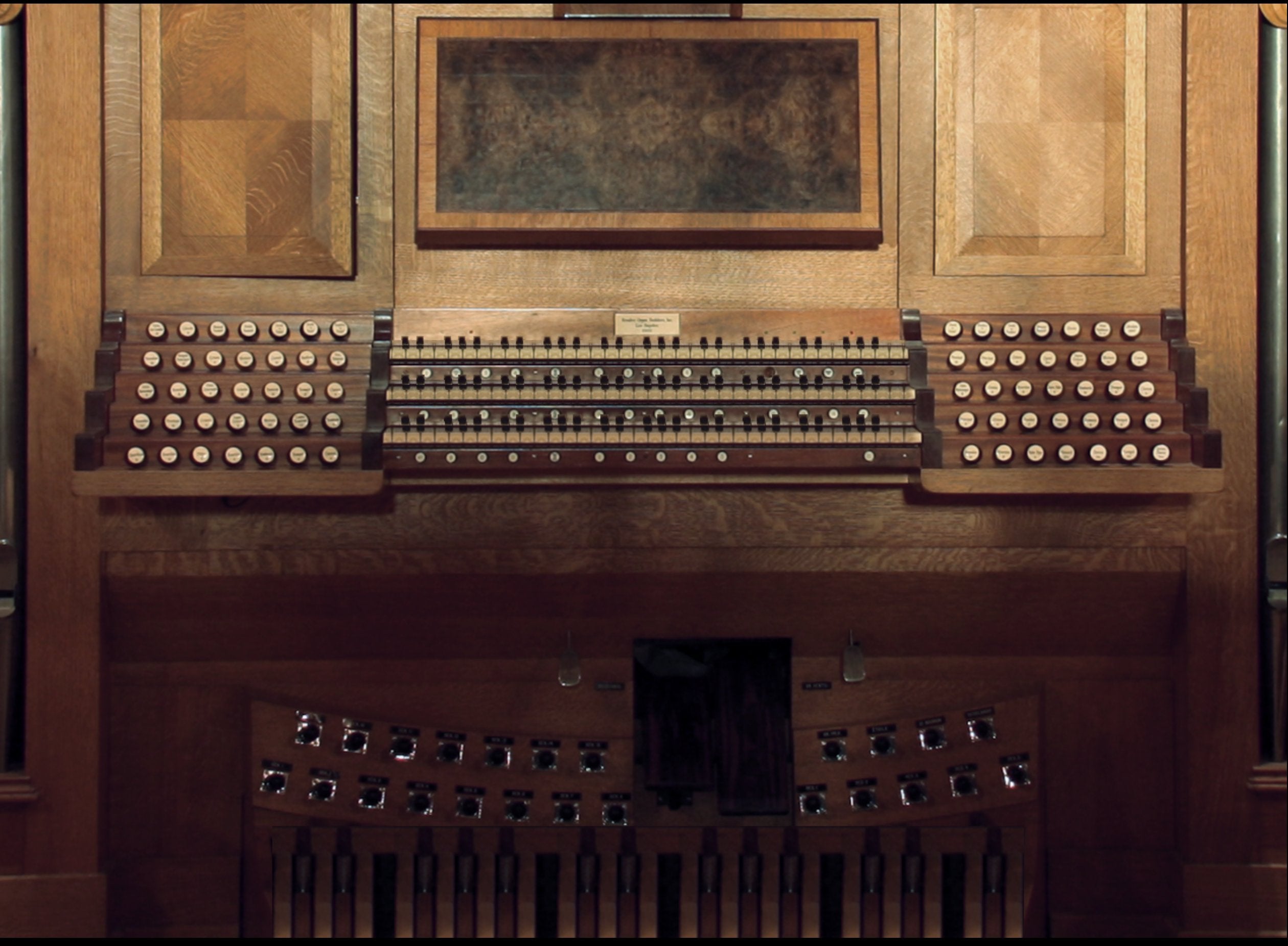
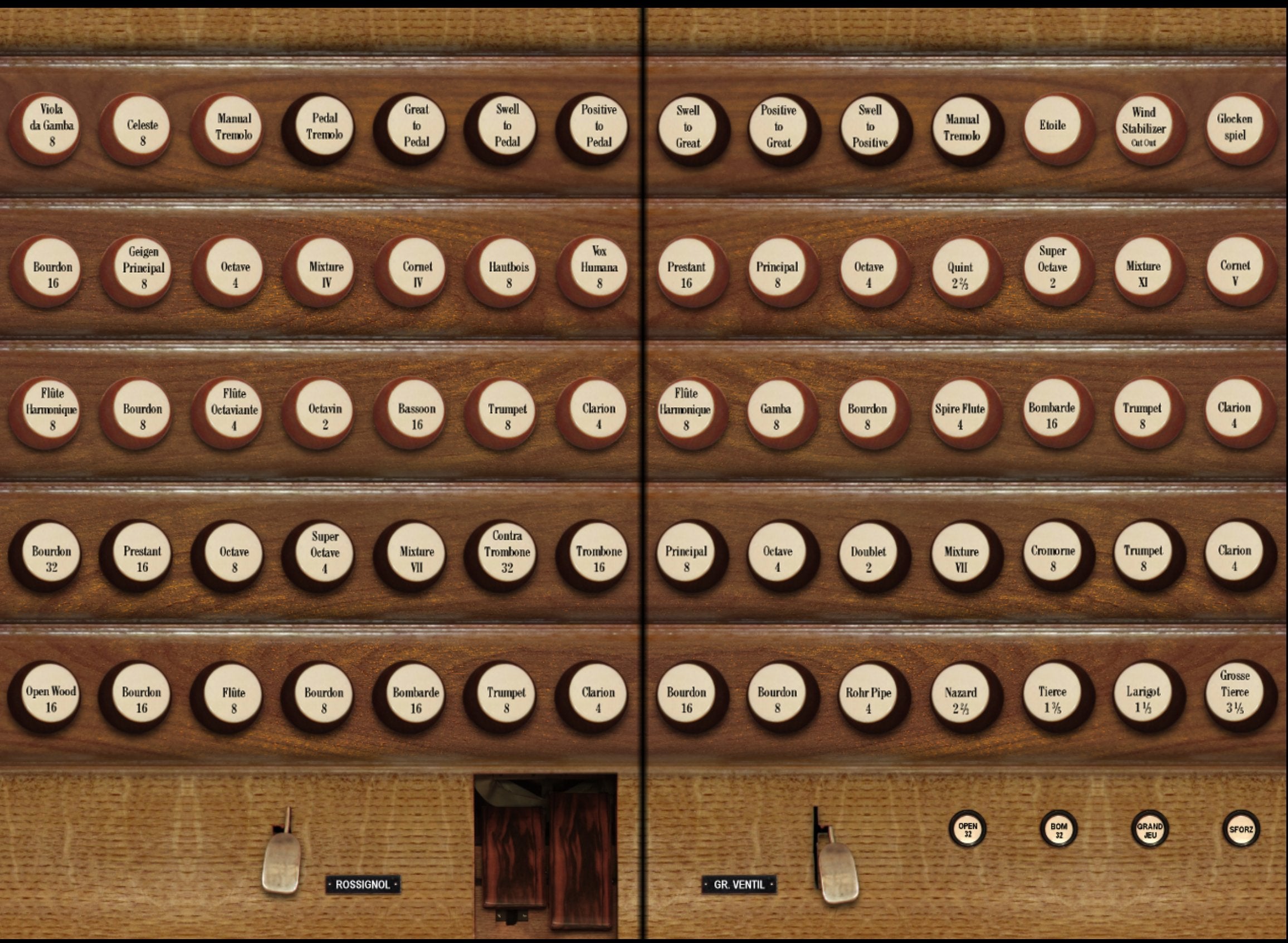
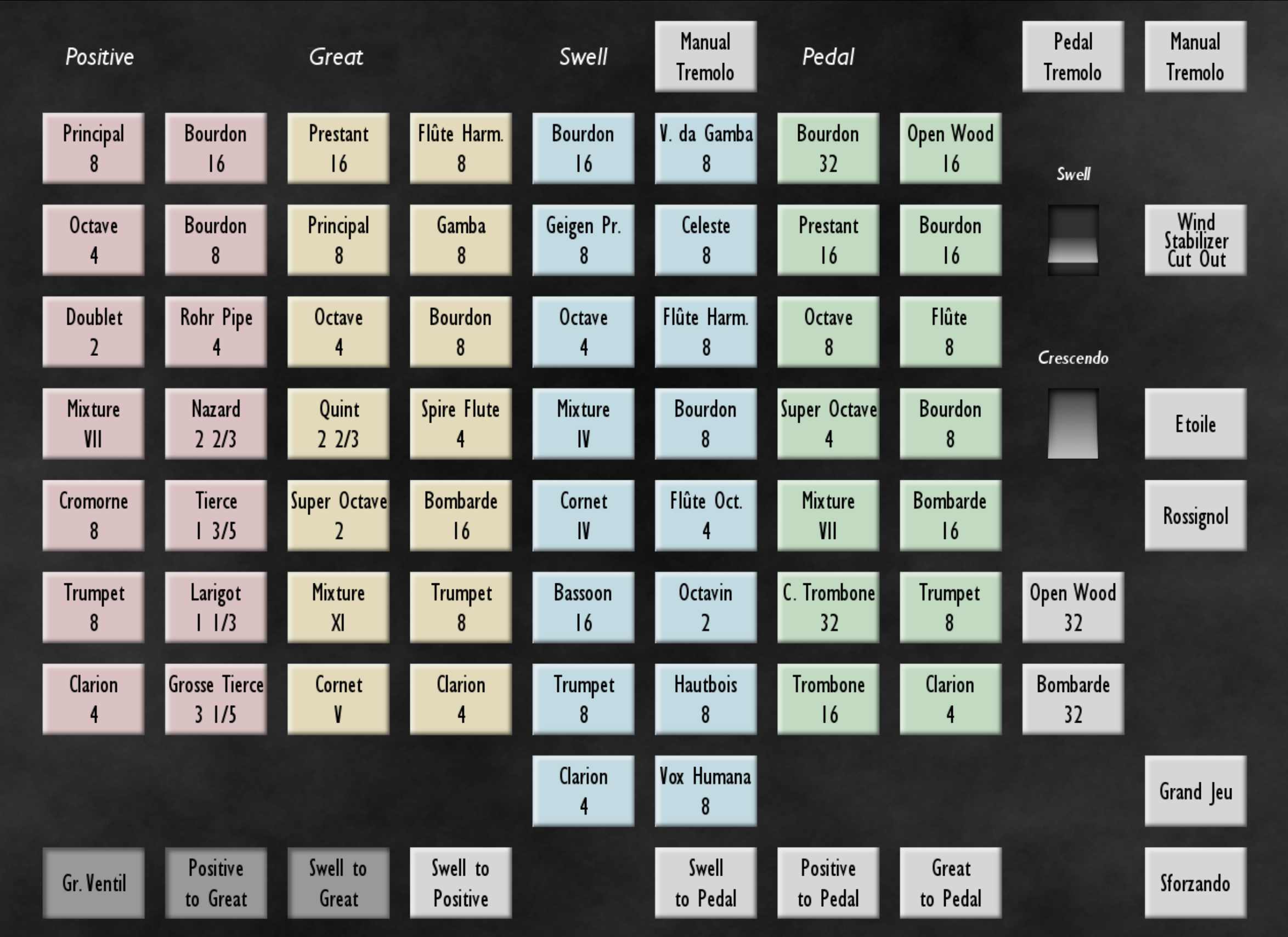
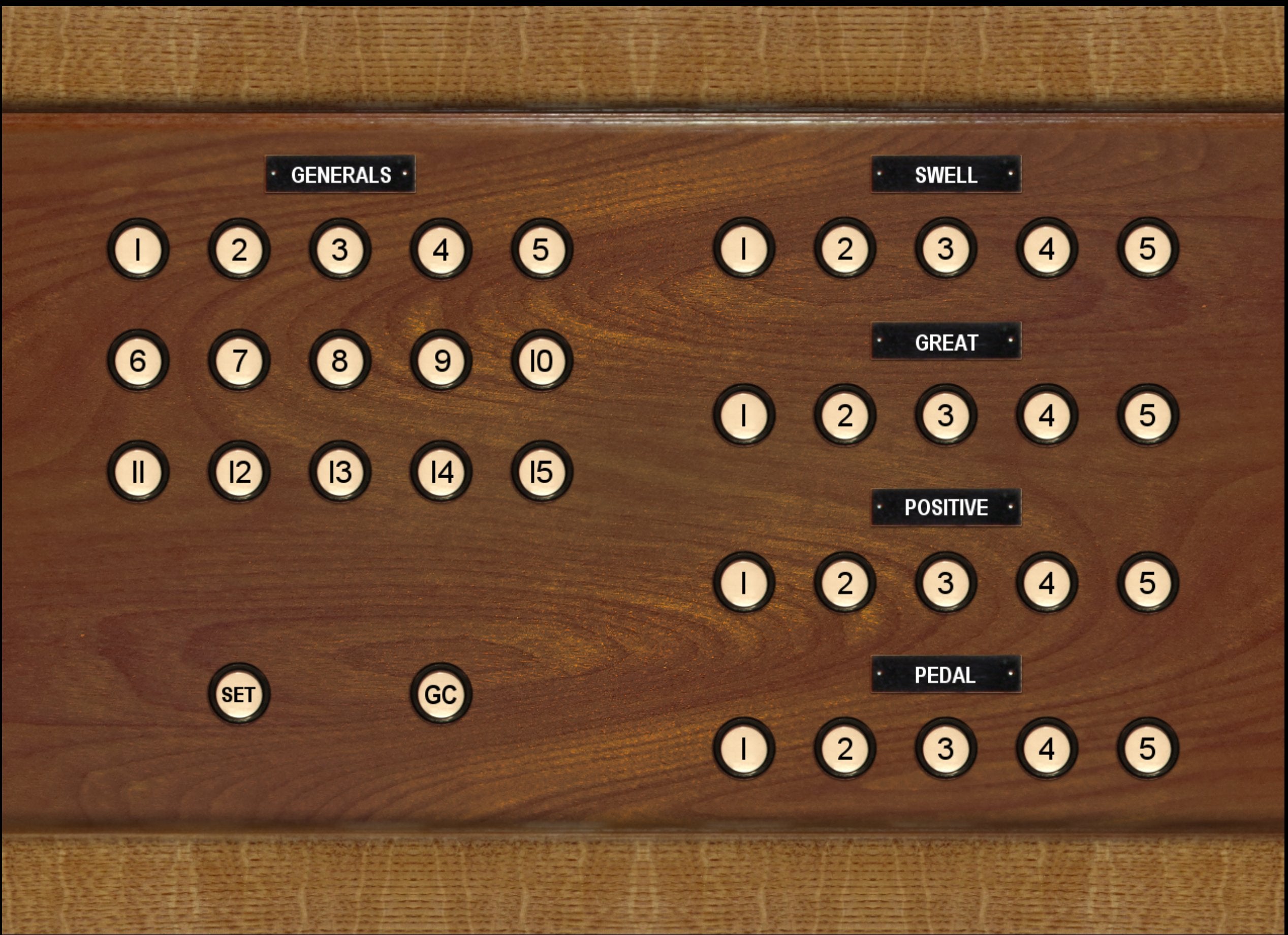
Requisiti
Hauptwerk v.4.2 e versioni superiori supportate.
Consumo di RAM: surround a 6 canali
16-bit, altre impostazioni predefinite: 25,1 GB
20-bit, altre impostazioni predefinite: 42,2 GB (consigliato)
24-bit, altre impostazioni predefinite: 47,8 GB
Consumo di RAM: wet a 2 canali
16-bit, altre impostazioni predefinite: 9,3 GB
20-bit, altre impostazioni predefinite: 15,1 GB
24-bit, altre impostazioni predefinite: 17,4 GB
Spazio HDD occupato: circa 61 GB.
Risoluzione dello schermo 1280x1024 px o superiore.
Polifonia di 6000 voci consigliata per il surround completo (3000 canne minime).
Polifonia di 1800 canne simultanee consigliata per l'uso del set di campioni wet.
Questo set di campioni Hauptwerk è presentato a te da Leonart Studio, un rivenditore autorizzato per il produttore Sonus Paradisi in Svizzera (spedizione internazionale). Goditi questa libreria di organi campionati digitalmente per l'uso con il software Hauptwerk e inizia ad ampliare la tua collezione di organi storici oggi stesso.
Altri set di campioni Hauptwerk
-
Schwerin, Dom, Ladegast Organ 1871 [Hauptwerk]
Produttore:Sonus ParadisiPrezzo di listino CHF 616.00Prezzo di listinoPrezzo unitario / per -
Segovia, 1772 [Hauptwerk]
Produttore:Sonus ParadisiPrezzo di listino CHF 317.90Prezzo di listinoPrezzo unitario / per -
![Groningen, 1450-1740 [Opera principale]](//artful.shop/cdn/shop/files/ss_Groningen1.jpg?v=1693275425&width=533) In offerta
In offertaGroningen, 1450-1740 [Opera principale]
Produttore:Sonus ParadisiPrezzo di listino Da CHF 658.90Prezzo di listinoPrezzo unitario / perCHF 1,681.90Prezzo scontato Da CHF 658.90In offerta -
St. Maximin, 1775 [Opera principale]
Produttore:Sonus ParadisiPrezzo di listino CHF 440.00Prezzo di listinoPrezzo unitario / per -
Reuter, 1928 [Hauptwerk]
Produttore:Sonus ParadisiPrezzo di listino CHF 473.00Prezzo di listinoPrezzo unitario / per -
Casavant, 1995 [Hauptwerk]
Produttore:Sonus ParadisiPrezzo di listino CHF 174.90Prezzo di listinoPrezzo unitario / per -
![Rotterdam Hoofdorgel, 1973 [Hauptwerk]](//artful.shop/cdn/shop/files/ss_RotterdamMain1.jpg?v=1693279529&width=533) In offerta
In offertaRotterdam Hoofdorgel, 1973 [Hauptwerk]
Produttore:Sonus ParadisiPrezzo di listino Da CHF 330.00Prezzo di listinoPrezzo unitario / perCHF 958.10Prezzo scontato Da CHF 330.00In offerta -
Piacenza, 1838 [Hauptwerk]
Produttore:Sonus ParadisiPrezzo di listino CHF 330.00Prezzo di listinoPrezzo unitario / per -
Bückeburg, 1997 [Opera principale]
Produttore:Sonus ParadisiPrezzo di listino Da CHF 1.10Prezzo di listinoPrezzo unitario / per -
Lüdingworth, 1683 [Opera principale]
Produttore:Sonus ParadisiPrezzo di listino CHF 330.00Prezzo di listinoPrezzo unitario / per

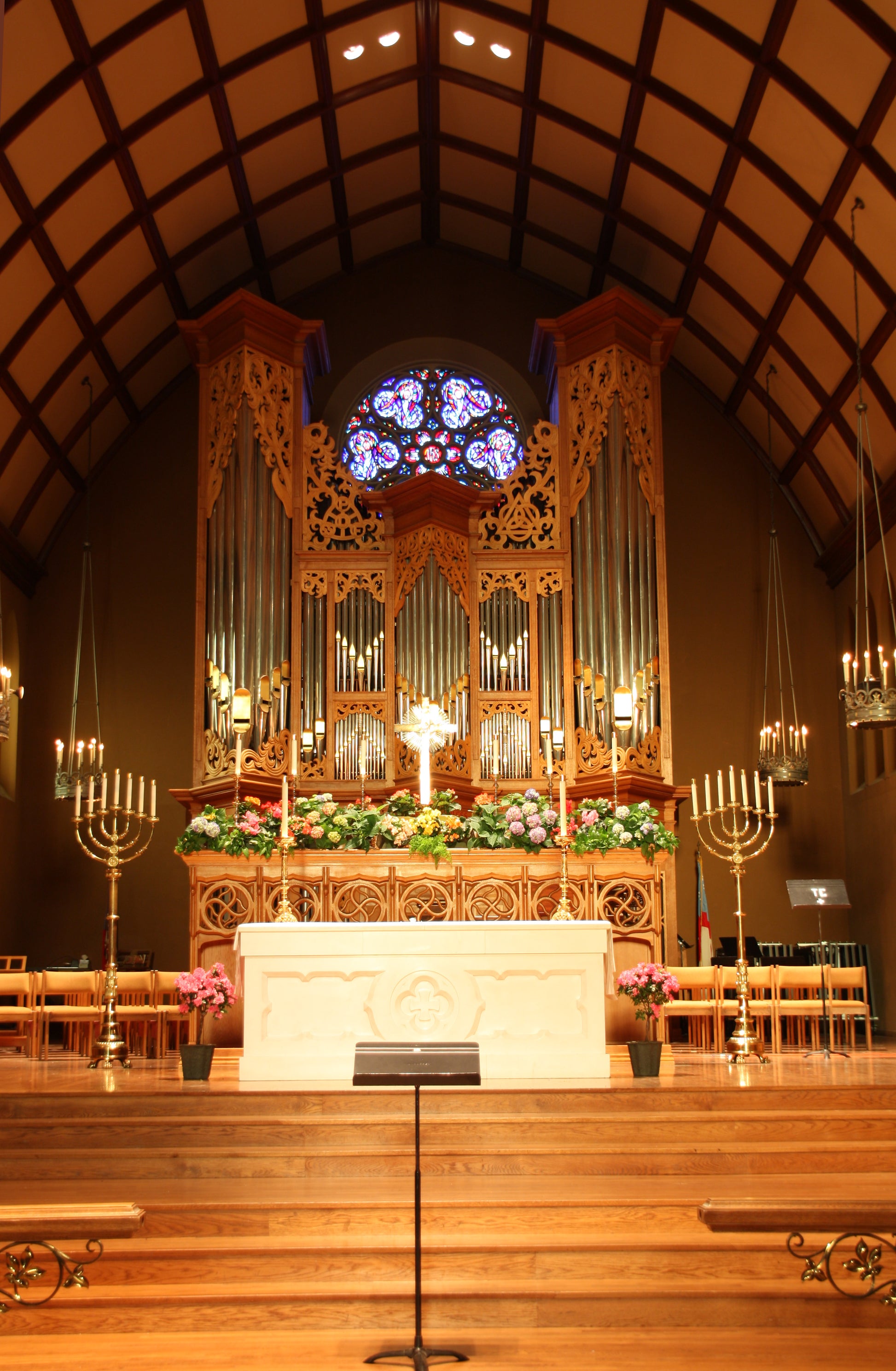

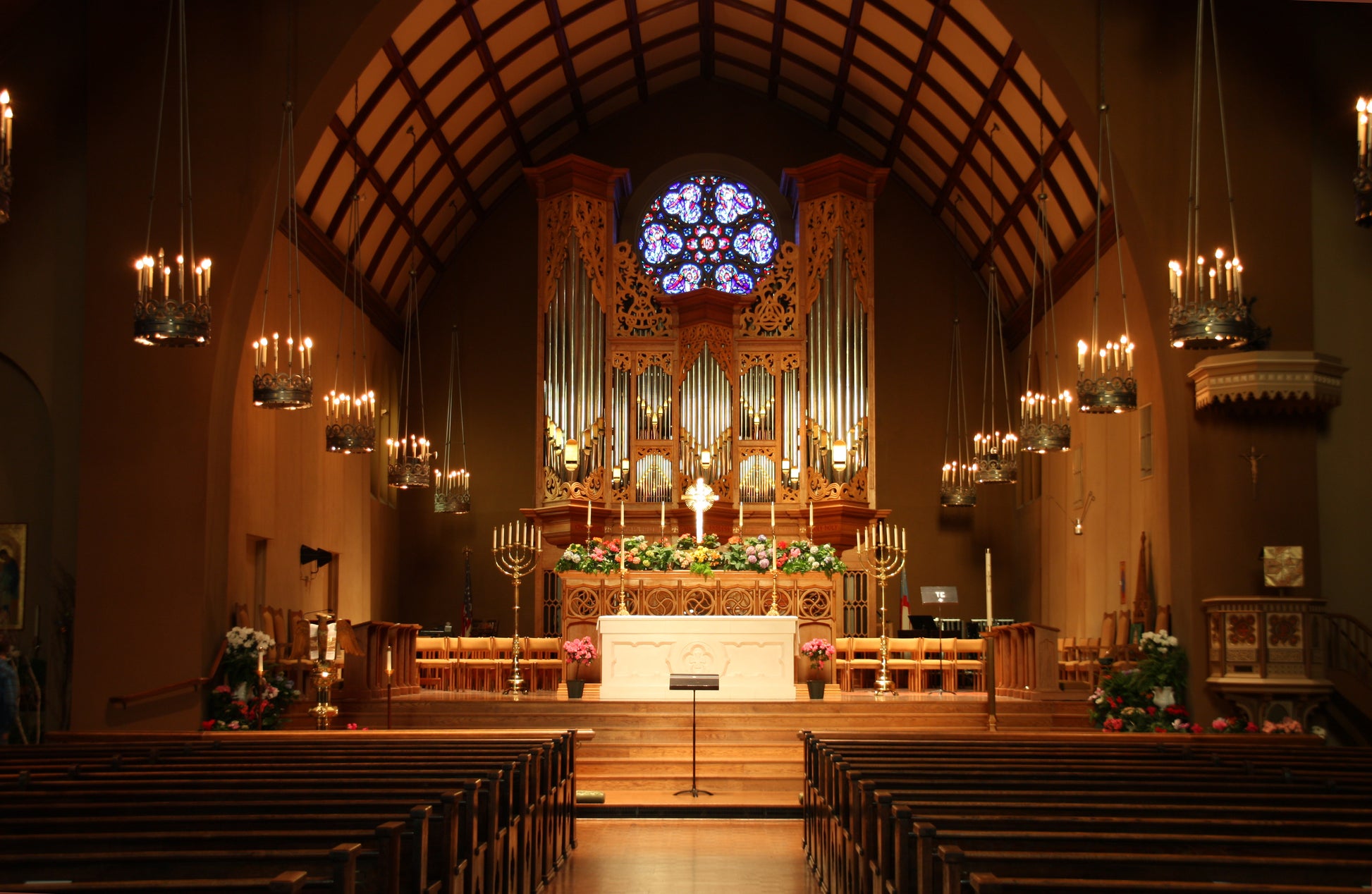
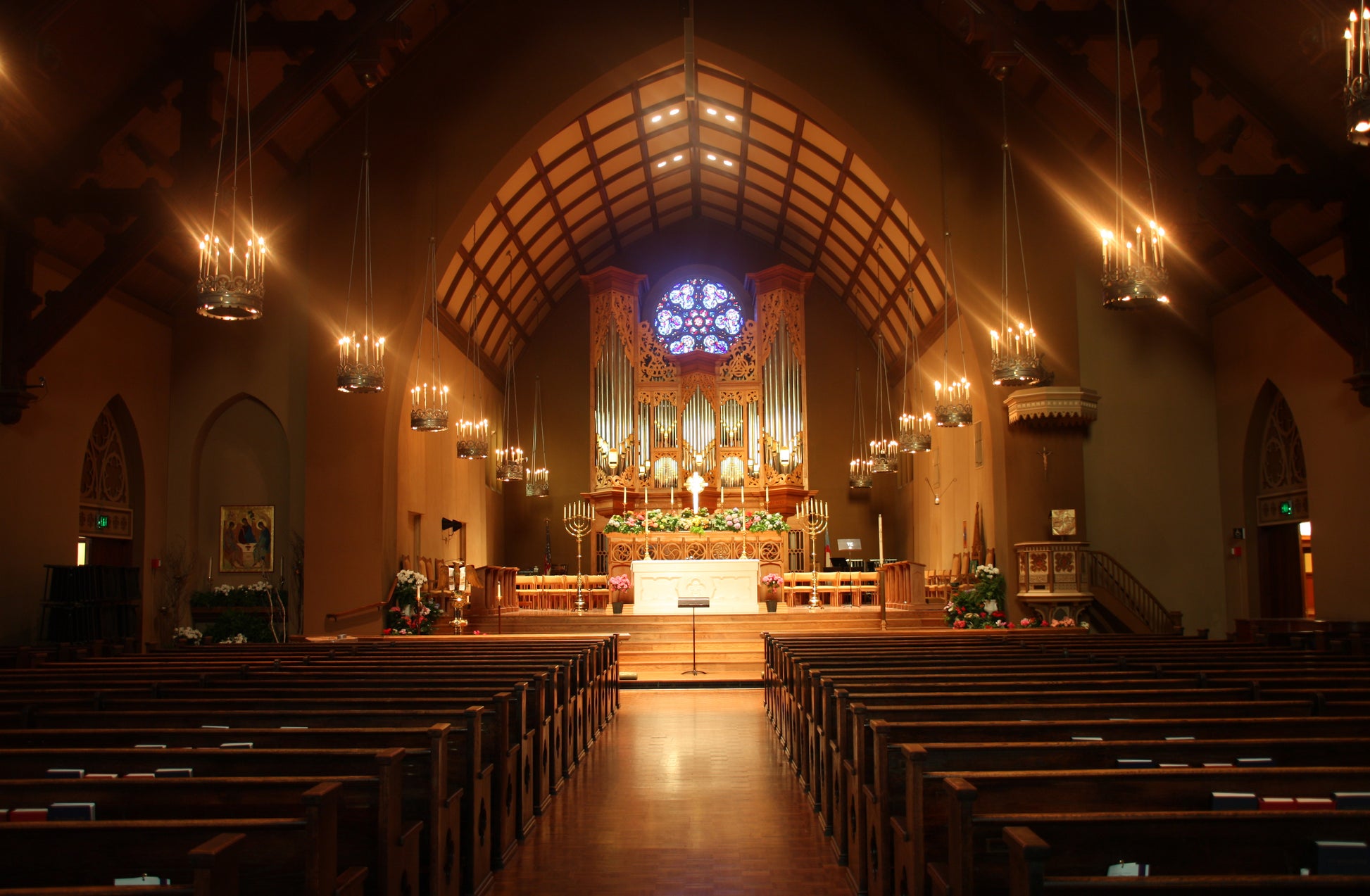


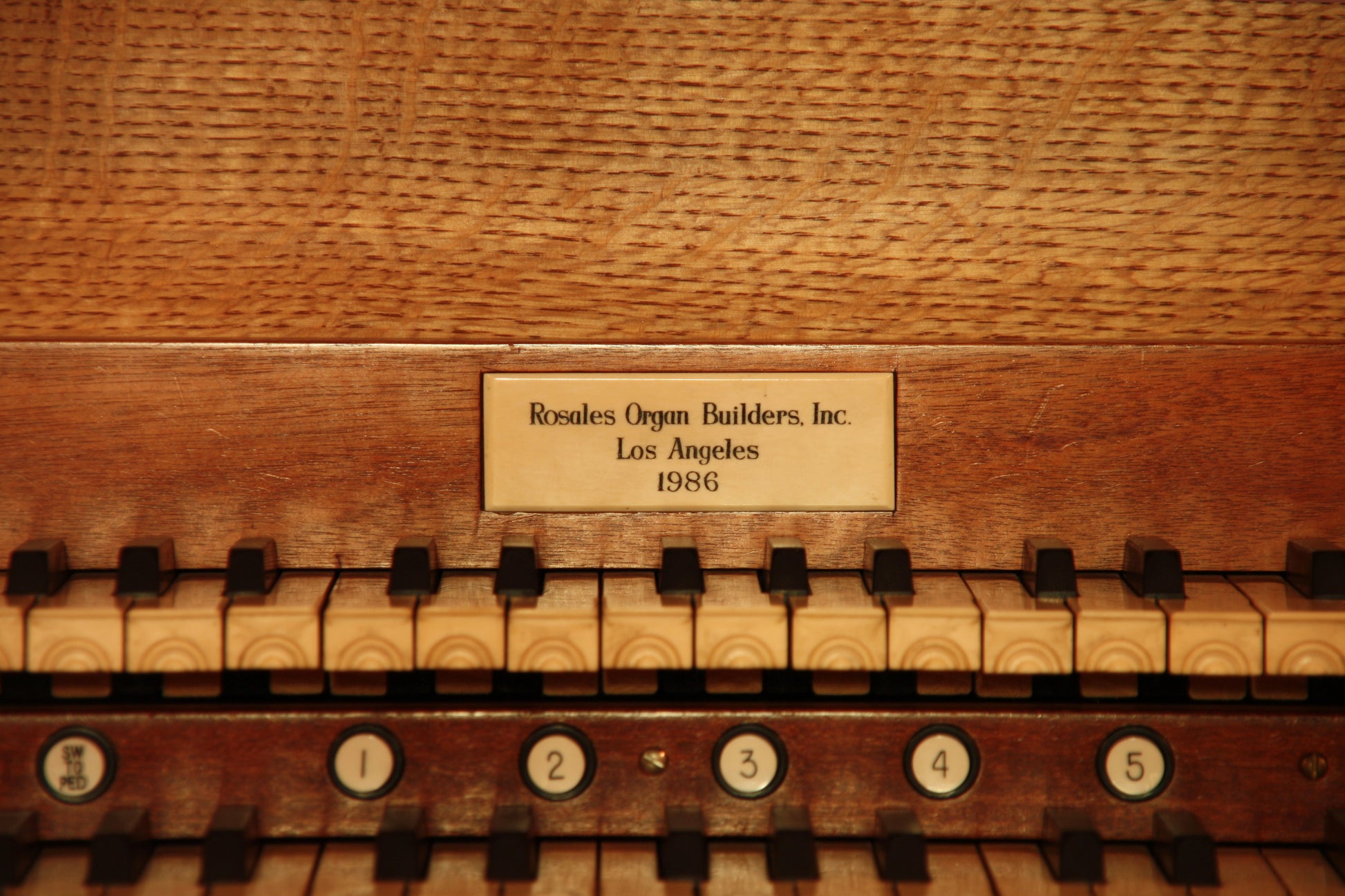
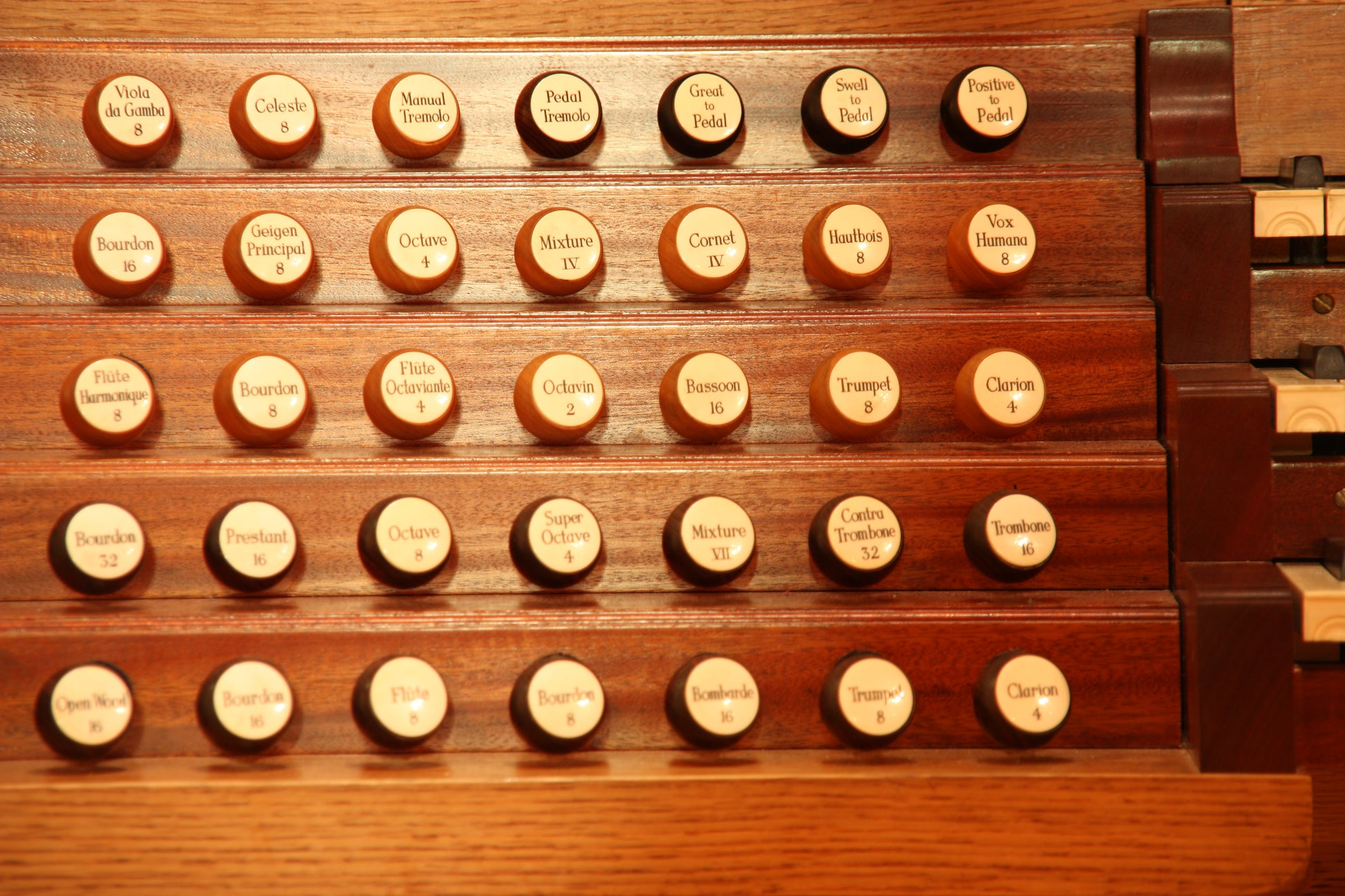
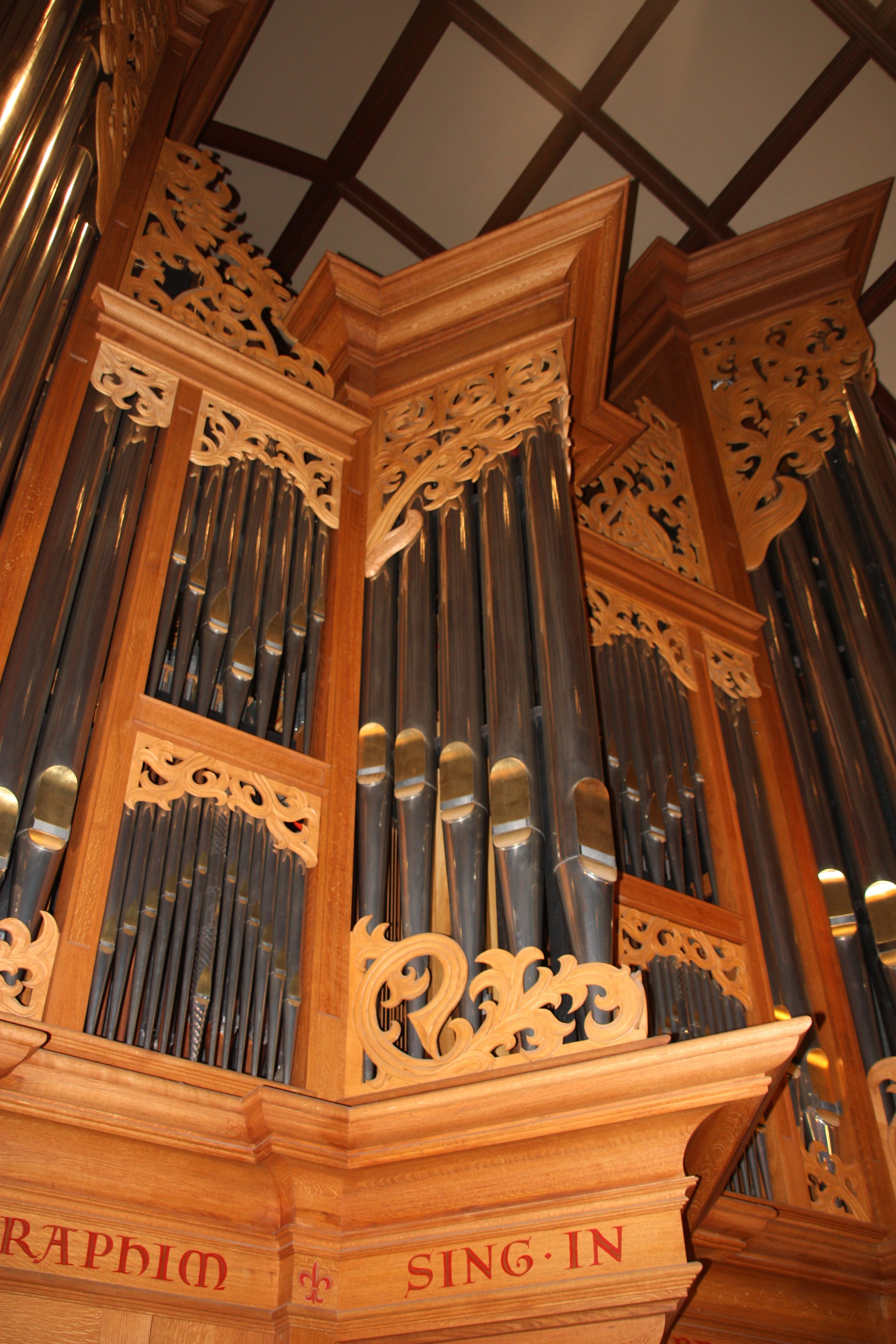


![Schwerin, Dom, Ladegast Organ 1871 [Hauptwerk]](http://artful.shop/cdn/shop/files/ladegast1.jpg?v=1759140126&width=533)
![Segovia, 1772 [Hauptwerk]](http://artful.shop/cdn/shop/files/ss_segovia1.jpg?v=1714213906&width=533)
![Groningen, 1450-1740 [Opera principale]](http://artful.shop/cdn/shop/files/ss_Groningen1.jpg?v=1693275425&width=533)
![St. Maximin, 1775 [Opera principale]](http://artful.shop/cdn/shop/files/ss_maximin1.jpg?v=1692902597&width=533)
![Reuter, 1928 [Hauptwerk]](http://artful.shop/cdn/shop/files/ss_Reuter1.jpg?v=1693321024&width=533)
![Casavant, 1995 [Hauptwerk]](http://artful.shop/cdn/shop/files/ss_casavant1.jpg?v=1693319885&width=533)
![Rotterdam Hoofdorgel, 1973 [Hauptwerk]](http://artful.shop/cdn/shop/files/ss_RotterdamMain1.jpg?v=1693279529&width=533)
![Piacenza, 1838 [Hauptwerk]](http://artful.shop/cdn/shop/files/ss_piacenza1.jpg?v=1693003521&width=533)
![Bückeburg, 1997 [Opera principale]](http://artful.shop/cdn/shop/files/ss_bueckeburg1.jpg?v=1692967628&width=533)
![Lüdingworth, 1683 [Opera principale]](http://artful.shop/cdn/shop/files/ss_luedingworth1.jpg?v=1692998051&width=533)